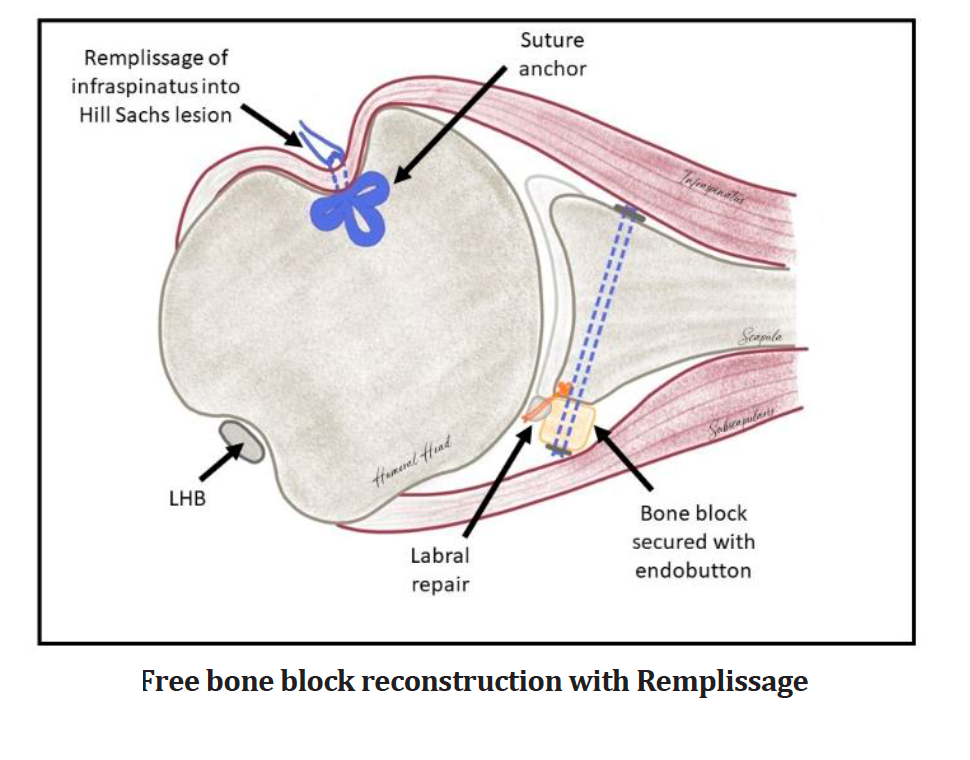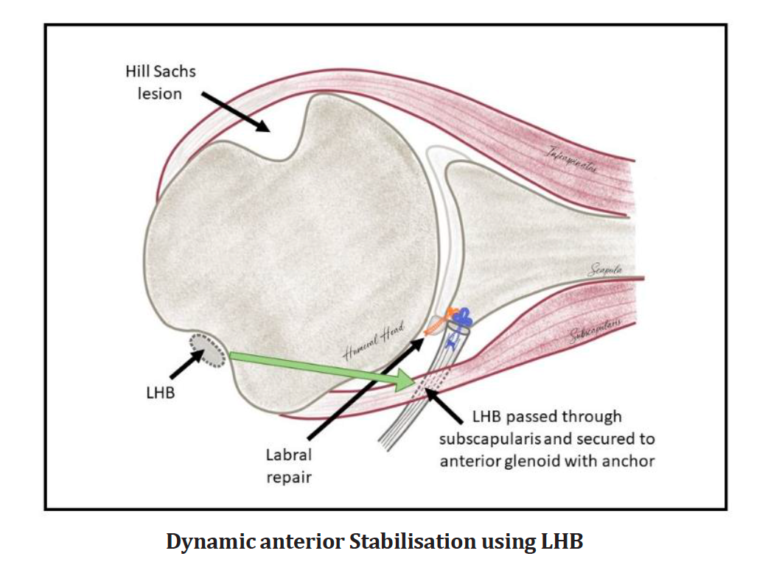Understanding medical procedures and classifications can be daunting, especially when you’re navigating the world of shoulder health. At The Arm Doc, we aim to make these concepts clear and accessible. Professor Imam and his colleagues in Chertsey introduced a new classification system for shoulder instability published in the Archives of Bone and Joint Surgery. This article explores the BoTH classification system—a new method for diagnosing and treating shoulder instability designed to help doctors choose the best approach for each individual.
What Is Shoulder Instability?
Shoulder instability occurs when the upper arm bone (humerus) slips partially or completely out of the shoulder socket. This can result from trauma, repetitive overhead activities, or naturally loose joints. Symptoms may include pain, a feeling of instability, and difficulty using the shoulder for daily activities.
Why Is a New Classification Needed?
Traditional treatment options like Bankart repair and the Latarjet procedure are highly effective but come with varying success rates depending on the patient’s condition. Existing systems didn’t account for key factors like the quality of soft tissues or the presence of specific bone injuries. The BoTH classification was developed to address these gaps, providing personalized guidance for patients and surgeons.

The BoTH Classification System
The BoTH system stands for:
- Bo: Bone loss (extent of damage to the shoulder socket)
- T: Tissue quality (condition of soft tissues like the labrum and capsule)
- H: Hill-Sachs lesion (damage to the upper arm bone from previous dislocations)
Using these criteria, the system categorizes shoulder instability into four main types, with tailored treatment recommendations.
BoTH Categories Explained
Type 1: Minimal Bone Loss, Good Tissue Quality
- Features: Less than 15–20% bone loss; strong soft tissues.
- Treatment: Bankart repair, a minimally invasive surgery to fix the labrum and capsule.
- Outcome: High success rates, especially for first-time dislocations.
Type 1+:
- Added Challenge: Off-track Hill-Sachs lesion (a lesion that contributes to instability).
- Solution: Bankart repair plus Remplissage, a technique to stabilize the humerus.
Type 2: Minimal Bone Loss, Poor Tissue Quality
- Features: Recurrent dislocations have weakened soft tissues.
Treatment: Dynamic Anterior Stabilization (DAS), which uses the biceps tendon to create a stabilizing sling

Type 2+:
- Added Challenge: Off-track Hill-Sachs lesion.
- Solution: DAS plus Remplissage.
Type 3: Significant Bone Loss, Good Tissue Quality
- Features: More than 15–20% bone loss, but soft tissues remain intact.
- Treatment: Free Glenoid Bone Grafting (FGBG), where bone from another part of the body is used to rebuild the socket.

Type 3+:
- Added Challenge: Off-track Hill-Sachs lesion.
- Solution: FGBG plus Remplissage.
Type 4: Significant Bone Loss, Poor Tissue Quality
- Features: Severe damage to both bone and soft tissues.
- Treatment: Latarjet procedure, which transfers a portion of the coracoid bone and its attached muscles to stabilize the shoulder.

Type 4+:
- Added Challenge: Off-track Hill-Sachs lesion.
- Solution: Latarjet with or without Remplissage.
Why Does This Matter to Patients?
The BoTH classification:
- Simplifies Decision-Making: Ensures the right treatment is selected based on individual anatomy and injury history.
- Improves Outcomes: Personalized approaches lead to fewer complications and better long-term stability.
- Empowers Patients: Understanding your condition helps you make informed decisions about your care.
Advanced Techniques Highlighted
- Remplissage: This additional procedure fills in bone defects on the humerus to prevent it from catching on the shoulder socket, reducing redislocations.
- Dynamic Anterior Stabilization (DAS): A modern approach using the biceps tendon for added support.
- Free Glenoid Bone Grafting (FGBG): Offers a natural reconstruction alternative with fewer complications compared to the Latarjet procedure.
FAQs About the BoTH Classification
- Who can benefit from the BoTH system?
Patients with recurrent shoulder dislocations or traumatic instability will benefit from this structured, evidence-based approach. - How is my BoTH type determined?
Your surgeon will evaluate imaging studies (like MRIs or CT scans) to assess bone loss, tissue quality, and any Hill-Sachs lesions. - Can these treatments prevent future dislocations?
Yes, by addressing the root causes of instability, these treatments significantly reduce the risk of recurrence. - What are the risks of surgery?
As with any procedure, risks include infection, stiffness, or nerve injury, but these are minimized with advanced techniques. - How long does recovery take?
Recovery varies but typically includes 6–12 weeks in a sling followed by physiotherapy. - Is surgery always necessary?
No, mild cases may improve with physiotherapy, but surgery is recommended for recurrent or severe instability.
Conclusion
At The Arm Doc, we’re committed to offering the latest, most effective treatments for shoulder instability. The BoTH classification represents a significant step forward in personalized care, ensuring each patient gets the best possible outcome based on their unique needs.
For more information or to book a consultation, visit www.thearmdoc.co.uk.





